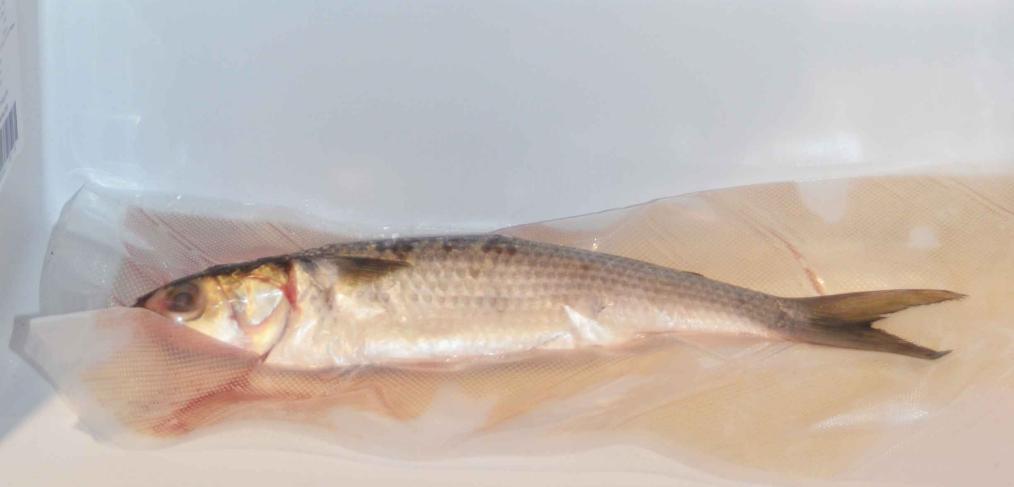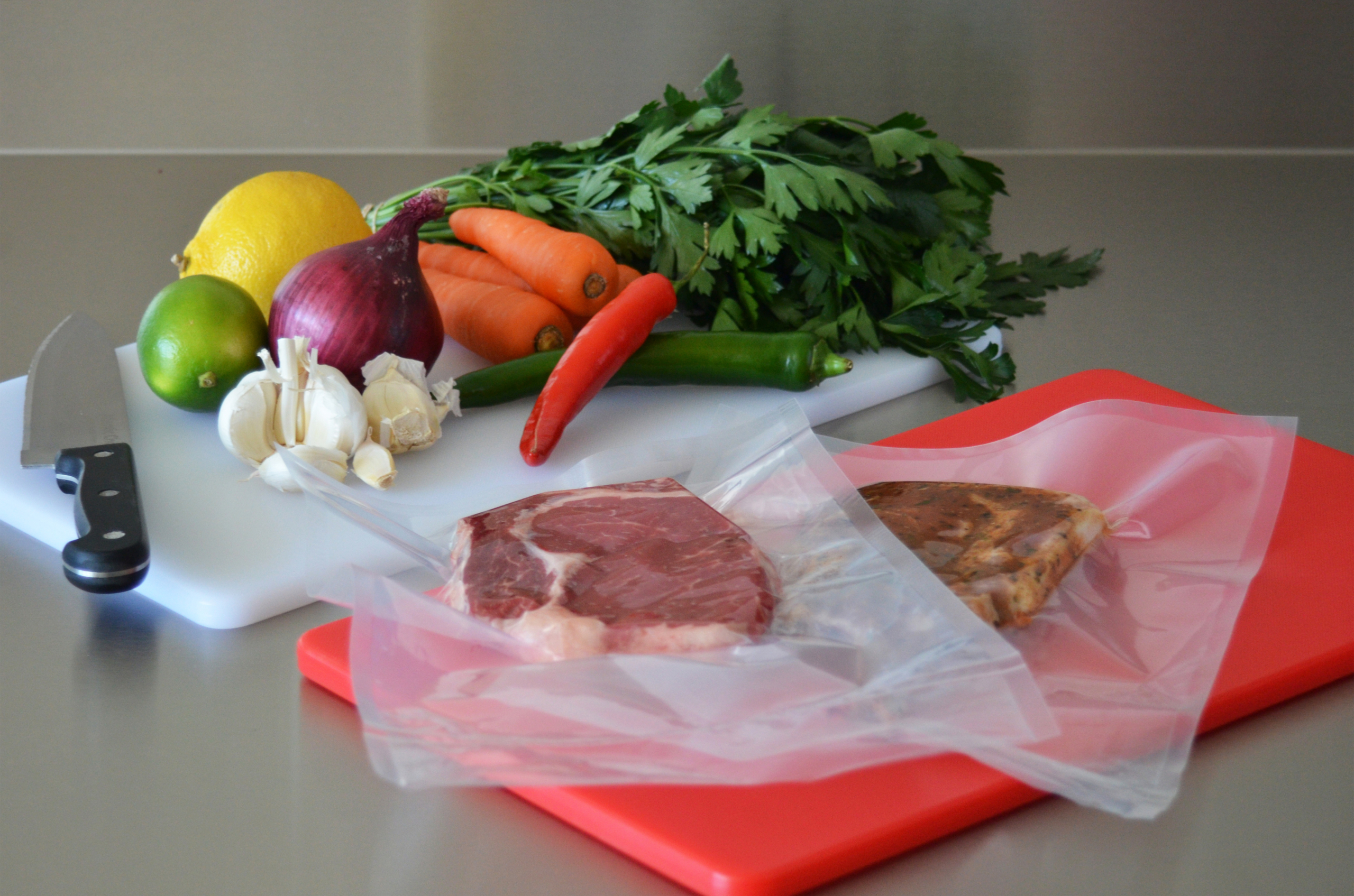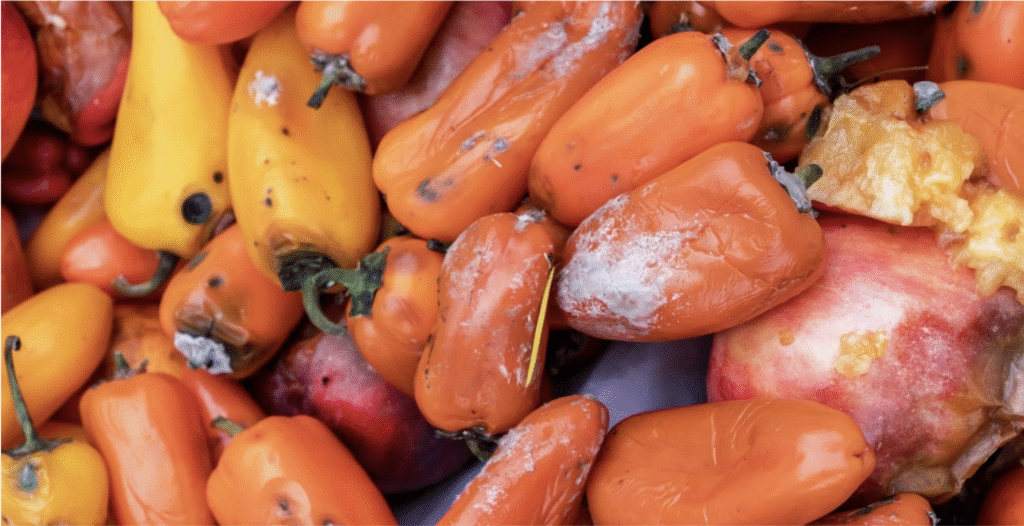A vacuum sealer is a must-have accessory in most kitchens. It helps food stay fresher for longer, prevents freezer burn, and reduces waste. Vacuum sealing is a convenient way to preserve what you buy, grow and catch. However, even the best vacuum sealing machines can develop issues over time.
Here, we make troubleshooting common vacuum sealing issues easy. From sealers that don’t vacuum properly to dealing with sharp edges that cause tears, these problems will be a thing of the past with this go-to guide.
We’ve even included some tips to help you avoid these common issues altogether.
Issue #1: The Vacuum Sealer Isn’t Sealing Properly
If you find that your vacuum sealer isn’t sealing vacuum storage bags properly, the first thing to check is that it is correctly aligned in the machine. Make sure the bag lies flat between the sealing strip and gently stretch it to remove wrinkles as you insert it.
If this hasn’t solved your problem, you may need to clean the sealing bar with a damp cloth to remove any debris. Ensure the machine is turned off when you do this.
Also, remember that not all bags are of the same quality. By switching to a high-quality bag like Pac Food’s commercial-grade sealer bags, you’ll get a tight seal every time.
Issue #2: The Vacuum Sealer Isn’t Removing Air
Tears and rips in vacuum storage bags can allow air to enter, but if you are sure your bag doesn’t have a puncture, overfilling may be the cause of air leaks. Avoid overfilling by leaving at least 5cm at the top of the bag to ensure a proper seal.
A blocked air channel can also prevent effective vacuuming. Grease and crumbs can block air nozzles and channels, so give your machine a thorough wipe-down and wash detachable parts, such as the drip tray.
Another reason for poor vacuum performance is worn-out gaskets. You can tell a vacuum sealer needs replacement gaskets if they are brittle or cracked, or if you need to press down hard on the lid to get a seal.
Issue #3: Moisture Interfering with the Seal

Most home vacuum sealing machines aren’t designed to seal liquids. This is because juices from moist foods can be sucked up into the sealing area, causing seal failure.
If you want a vacuum sealer that can handle liquids without pre-freezing them, upgrade to a heavy-duty chamber vacuum sealer. Otherwise, you might like to try the paper towel method. Fold a piece of paper towel to the width of the vacuum bag. Place it between the food and the intended seal to prevent moisture from ruining the seal during the process.
Issue #4: The Bag Keeps Losing Seal After Storage
There’s nothing more frustrating than sealing food only to have it lose the seal after storage. While this can often be a problem if you’re using low-quality bags made of thin plastic, it may also result from extreme temperature fluctuations or small punctures.
Store sealed dry goods in a cool, dry spot and use thick, high-quality bags if you’re sealing things like meat with bones to prevent small punctures and tears. You could also try double-sealing bags or wrapping sharp items in a paper towel to prevent rips.
Issue #5: The Sealer Overheats or Shuts Off Mid-Use
Overheating is a leading cause of a vacuum sealer shutting off during use, which can happen for several reasons.
Some sealers have safety features that are triggered by overuse—when the machine becomes too hot. Upgrading to a more reliable vacuum sealer that can cope with heavy-duty use is the best way to overcome this problem. Alternatively, allow the machine to rest and cool for about 20 seconds between seals and 15–20 minutes after an automatic shut-off before trying again.
However, shutdowns may also be caused if airflow around the machine is restricted, leading to overheating. Ensure the machine is in a well-ventilated area and that no vents are blocked during use. A faulty or loose power cord could also be the issue, so be sure to check for damage and move to using a different power outlet to see if the problem persists.
Bonus: Preventive Maintenance Tips
Common vacuum sealing issues can be avoided with a small amount of regular maintenance. Try these steps to keep your vacuum sealer in good working order.
After each use:
Clean up spills and debris from the sealing chamber and wipe down the interior and exterior of your machine. Don’t forget to empty and wash the drip tray and ensure all parts are thoroughly dry before storage.
Regular maintenance:
Thoroughly clean the gaskets by removing them, if possible. At the very least, you should wipe them over with a damp cloth and ensure they are completely dry before replacing.
Periodically inspect electrical components, like plugs and switches, and the heating element for signs of damage.
Storage:
Ensure the unit is completely dry before you store it to avoid problems with mould or mildew, and leave the cover unlocked so that the gaskets are not compressed for extended periods of time.
Time to Upgrade to a More Reliable Vacuum Sealer?

With good care, a high-quality vacuum sealer can last for 10 years or more. But if you’re facing any of the above problems regularly, it might be time to upgrade to a more reliable solution.
For optimal performance, consider purchasing a dependable vacuum sealer from Pac Food. We have models suited to occasional home use and semi-commercial purposes, right through to heavy-duty machines suitable for the busiest of commercial kitchens.
Pac Food also stocks domestic micro channel vacuum sealer bags and rolls, which are specially designed to work with every vacuum sealer on the market. Visit our website to see our full range of vacuum sealing products or give us a call on 1800 823 200 to learn more about our packaging solutions.
FAQs
Why is my vacuum sealer not sealing properly?
If your vacuum sealer is not sealing properly, it might be that your bag isn’t positioned correctly in the machine, that the sealing bar needs cleaning, or that you are using bags that aren’t thick enough.
Why do my vacuum bags keep deflating?
If your vacuum bags are filling with air once you have vacuum-sealed them, it’s likely that you have a small puncture or tear in them somewhere. Try using a different, thicker bag, double-bagging, or covering sharp objects with a paper towel before sealing.
How to fix a vacuum bag leak?
If your vacuum bags are leaking, it’s probably because they’re not sealing properly in the first place. Ensure that moisture isn’t interfering with the seal and that there are no wrinkles in the bag before you begin the sealing process.

